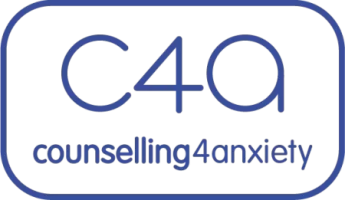Progressive Muscle Relaxation is also known as PMR and is one of the main tools that can be used as a natural remedy to reduce anxiety and panic in people. So, why reach out for the medicinal cabinet when some practice and training with PMR may do the same thing, without the possibility of side-effects that are part and parcel of using medications.
So have you ever thought of popping an anti-anxiety pill but don’t want to try medication? Well, for some ‘Progressive Muscle Relaxation’ (PMR) has become the ‘go-to’ technique that acts like an anti-anxiety pill when it is regularly practised.
The fact is that a body cannot be anxious and in a state of relaxation at the same time, so working to relax sets of muscles in the body acts as a counter to any anxiety and muscle contraction building up in the body. So Progressive Muscle Relaxation can be regarded as the brake to the accelerator of anxiety and panic.
By working on the following technique that was developed by Joseph Wolpe (1958), anxiety can be reduced however, it involves practising twice a day for about 15-20 minutes for 2 weeks. Consistency of practice is therefore key to its success in countering anxiety.
So, why don’t you try the following!
Take a seat and get comfortable. Place your feet firmly on the floor and consider 5 major muscles that you may want to tense for 5-7 seconds and then to relax for 10-15 seconds.
The key here is to really engage with the muscle relaxation and to feel the sensations of the relaxation. You may also choose to use word visualisations that can assist in the relaxation process by imagining the term ‘relax’ moving from your scalp to the relevant muscle area. The key here is to really engage with the relaxation of the muscle and to feel it, sense it, and engage with the relaxation as much as possible.
So for example, let’s try some major muscle groups that people can relate to and which can be easily felt as they tense and relax. In light of this, why don’t you consider tensing and relaxing your:
1) Trapezoid muscles that are connected to your neck and shoulder joints,
2) The Gluteus Maximus muscles which make up our buttocks,
3) Your biceps muscles in your arms,
4) Your jaw muscles, making sure that when you clench you do not damage your teeth,
5) Your forearm muscles, which can be tensed by clenching your fist and moving your fists upwards whilst keeping your forearm steady and straight.
Remember that the more you contract and the more you can feel the relaxation, the quicker and easier it will be to reduce any anxiety responses in your body – so practice, practice and practice is the mantra.
Progressive Muscle Relaxation (PMR) is used by millions of people on a daily basis and is a tried and tested anti-anxiolytic. So why don’t you give it a go as we enter into the New Year and implement new ways of reducing anxiety, stress, panic and tension in your life? If anything, the physiological benefits to your body are well worth the effort.

